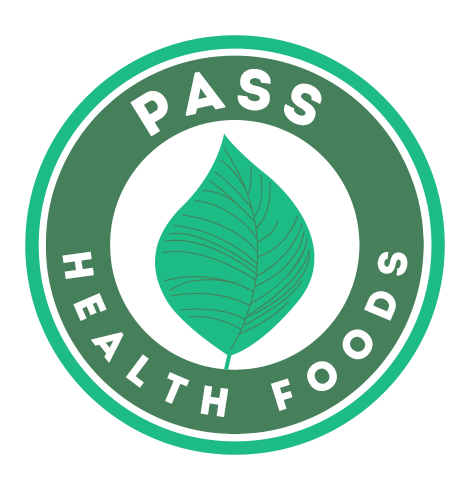Q:
I’ve been gardening since the weather has been beautiful, but this year I’ve found that bending and kneeling are really hurting my joints. I’d really rather not resort to pain medication every day, so I wanted to see if there was anything natural I could take that would help.
A:
Osteoarthritis affects many of us as we age. Over time, activities that were once taken for granted can cause more and more pain. Osteoarthritis is very common, and is basically caused by wear and tear on the joints where the protective cartilage on the ends of bone is worn down over time. Treatment involves reducing inflammation and pain, and protecting the cartilage left in the joints.
One of the best things for inflammation is the herb turmeric. It works very well to reduce pain and inflammation in the joints. It has been researched and found to have a similar effectiveness to ibuprofen, but without being hard on the liver. It also works very well in conjunction with other herbal anti-inflammatories. One such supplement is called Solgar 7, a combination of turmeric mixed with several other well researched and effective ingredients for joint pain: boswellia, ginger, and white willow bark, along with type II collagen which helps to promote cartilage health. The thing I like best about Solgar 7 is that results should be seen within the first week, plus the recommended dose is just one pill a day.
Also, when talking about joints, I would be remiss without mentioning the benefits of glucosamine and chondroitin. For some people, glucosamine and chondroitin can be a difficult supplement to take, since it can sometimes take a long time before results are seen, up to three months. That being said, I do think glucosamine and chondroitin really work. Research has linked glucosamine and chondroitin to reduced joint deterioration. It’s important to take them together, since they work synergistically to aid in joint health. Glucosamine helps to actually renew and support cartilage, and chondroitin helps to “plump up” cartilage. Since the two supplements can take some time to work, I’d recommend a supplement like ArthX Relief by Rainbow Light. It combines the recommended amounts of glucosamine and chondroitin with anti-inflammatory herbs so results are seen quicker (in a two a day formula).
Last, but not least, is exercise. Exercise benefits joint health and arthritis sufferers immensely. It seems counterintuitive to exercise painful joints, but in truth, exercise helps to strengthen the muscles around the joints and increase range of motion, while reducing stiffness. Weight bearing exercise also strengthens bones and aids in weight loss. Weight loss, even small amounts, makes a huge difference on the wear and tear of joints. The vice president of the Arthritis Foundation has said, “If a person loses about 10 pounds and keeps exercising, they can cut the pain in their knees by about 50 percent and can even postpone a joint replacement.” That’s a pretty impressive statement!


